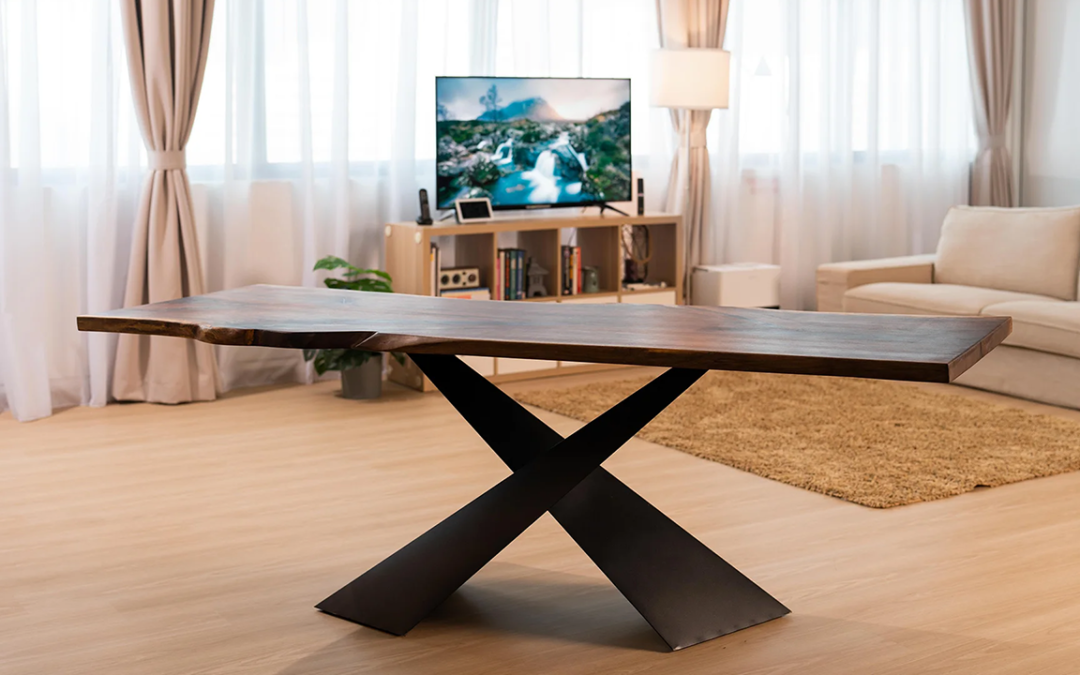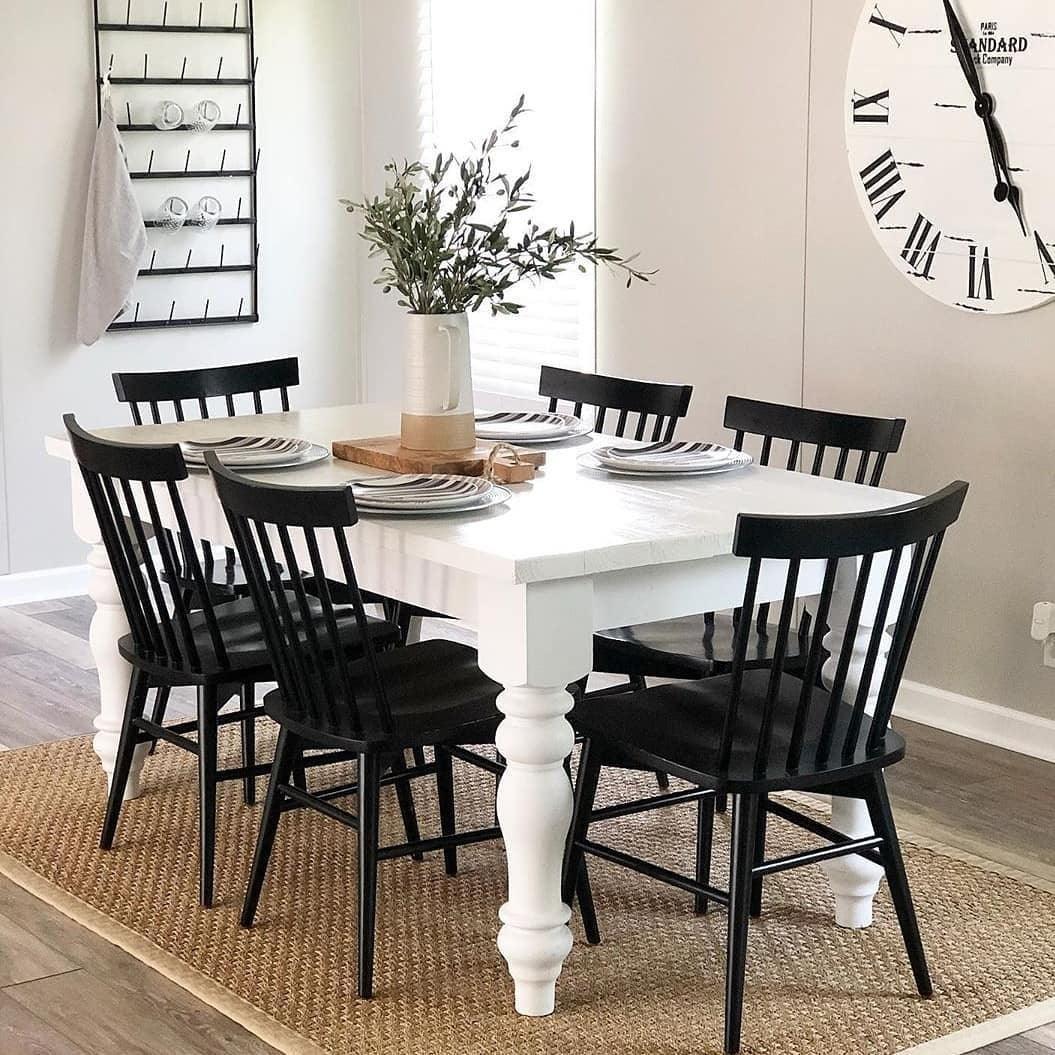How to Maintain and Care for Your Dining Room Table Legs
How to Maintain and Care for Your Dining Room Table Legs
Blog Article
Exactly How to Choose the Perfect Eating Space Table Legs for Your Home Décor
Selecting the excellent dining space table legs is a nuanced procedure that requires cautious consideration of various aspects, including your space constraints, visual preferences, and useful needs. The interplay between measurements, styles, and materials can dramatically affect the atmosphere of your eating area, making it crucial to approach this choice carefully.
Assess Your Dining Area
Evaluating your eating room is crucial for choosing the right table legs that complement both aesthetic appeals and capability. Begin by measuring the dimensions of your eating area, including ceiling elevation, floor space, and distance to other furniture. This details will help establish the proper size and elevation of your table, which directly influences the option of table legs.
Following, consider the style and format of your dining area. For example, an open-concept layout might benefit from table legs that supply aesthetic agility, such as slim metal or acrylic alternatives. On the other hand, a much more conventional setup may require strong wooden legs that give a sense of permanence.
Evaluate the existing color palette and materials in your dining location. Balancing the table legs with these elements develops a natural appearance that boosts the overall decoration.
Eventually, a comprehensive analysis of your dining area will certainly direct you in making an informed choice, ensuring that your table legs not only boost the aesthetic charm yet also serve functional purposes.
Consider Your Style Preferences
When choosing eating area table legs, it is important to assess your individual style choices, as they substantially influence the general visual of your eating room. Your option of table legs can either enhance or comparison with existing decor, making it essential to align them with your recommended interior design style.
If your home leans in the direction of a modern visual, think about smooth metal or minimal wooden legs that supply a clean, minimalist appearance. For a much more typical technique, luxuriant wood legs with intricate makings can include a touch of style and class. Industrial styles gain from robust, basic materials such as redeemed wood and steel combinations, mirroring a rugged charm.
Additionally, farmhouse and rustic designs typically favor durable, beefy legs that evoke a sense of warmth and comfort. Alternatively, if your decor is diverse, you could choose unusual shapes or a mix of products to develop aesthetic passion.

Evaluate Product Options
The selection of product for eating space table legs plays an essential duty in both toughness and aesthetic allure. Common materials include wood, steel, and composite options, each offering distinctive characteristics that can affect the overall look and longevity of your table.
Wood is a classic selection, known for its heat and versatility. Hardwoods like oak and walnut supply outstanding stamina and can be completed in different stains to match any type of design. Nonetheless, softwoods like pine are much more prone to scrapes and damages, making them less optimal for high-traffic areas.
Metal legs, frequently crafted from steel or aluminum, radiate modernity and pop over to this site commercial beauty. They are highly sturdy and resistant to use, making them appropriate for family members with kids or regular events (dining room table legs). Additionally, steel can be completed in different colors, improving the customization opportunities
Composite materials, such as MDF or laminate, offer affordability and varied styles. While typically less long lasting than strong wood or metal, they can still give a stylish look and are frequently easy to preserve.
Ultimately, the product you pick should line up with your way of living, visual choices, and the degree of use your table will experience.
Determine Height and Dimension
Picking the proper elevation and dimension for your dining-room table is crucial for both performance and convenience. The conventional elevation for dining tables normally ranges from 28 to 30 inches, enabling ample legroom for most individuals when seated. Nonetheless, it is essential to consider the measurements of your eating area and the kinds of chairs you intend to make use of.

Moreover, take into consideration the proportions of your dining-room. A bigger table in a sizable location can develop a grand ambiance, while a smaller table works well in more intimate setups. Inevitably, the right height and dimension will certainly integrate with your overall decoration and enhance the eating experience for you and your visitors.
Explore Personalization Possibilities

Furthermore, the style of the legs can be customized to fit numerous designs, such as rustic, modern-day, or industrial. For example, conical legs can stimulate a mid-century modern feel, while beefy, block-style legs may resonate with traditional or farmhouse design.
House owners can also explore shade finishes, from natural timber spots to repaint, allowing them to match or contrast with the table top and surrounding design.
Moreover, leg height can be adjusted to accommodate certain seating arrangements or individual preferences, improving both comfort and capability.
Lastly, unique decorations, such as makings or ornamental braces, can additionally customize the table legs, making the dining experience not just a dish but a declaration item in the home. By considering these customization choices, home owners can produce a dining area table that really reflects their individuality.
Conclusion
Choosing the suitable dining area table legs requires mindful consideration of various aspects, consisting of the dimensions of the eating area, design preferences, material longevity, and desired elevation. Modification options better improve the capacity to attain go to the website a cohesive aesthetic that matches the overall style. By systematically examining these elements, homeowners can make certain that the picked table legs not just fulfill practical requirements but also contribute positively to the eating experience and ambiance of the home.
Selecting the optimal dining space table legs is a nuanced procedure that requires cautious factor to consider of various aspects, including your space restraints, visual choices, and useful demands.Evaluating your eating area is vital for selecting the right table legs that complement both looks and capability.When determining size, measure the area where the table will be put to guarantee it fits easily, allowing for at the very least 36 inches of clearance around the table for easy motion. A larger table in a spacious area can develop a grand setting, while a smaller table works well in even more intimate setups.Choosing the suitable eating space table legs requires cautious factor to consider of various aspects, consisting of the measurements of the dining area, design preferences, product resilience, and desired height.
Report this page